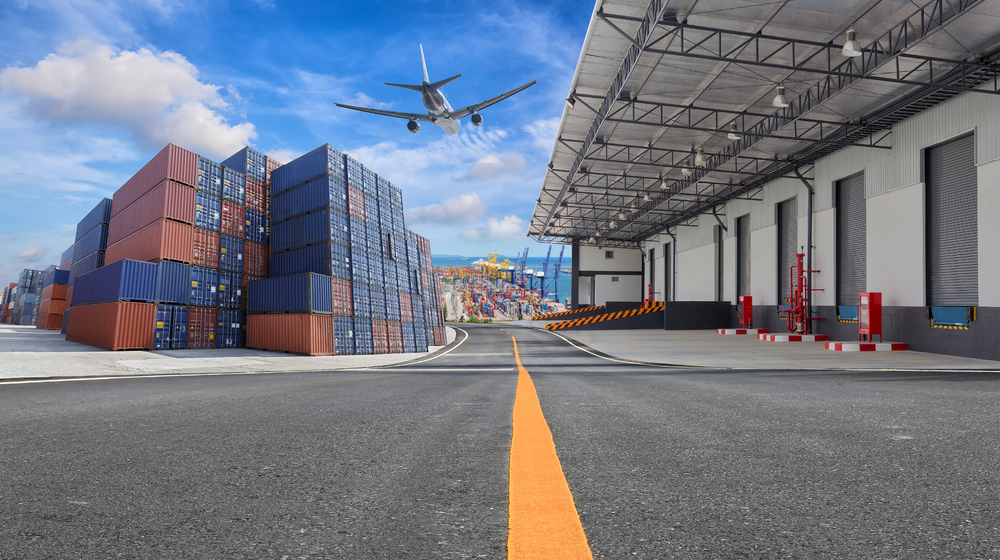Mexico’s Position in the Electronics Supply Chain
Covid Fallout
More than two years since it all started, it is confirmed: global pandemics wreak havoc on supply chains. The WHO officially declared Covid-19 a global pandemic in March of 2020. And now in the third year of the crisis, lives, livelihoods, business, and society have been upended in a myriad of unexpected ways. The new normal is still coming into focus. But one thing is crystal clear—the manufacturing sector was especially hard hit, and assumptions about what a healthy supply chain looks like are being retooled.
Let's remember how we got here
The supply chain crisis began in China where factory shutdowns triggered a complex chain of interlinked problems. By February of 2020, less than 20% of workers were on the job in China, although that number shot up by the end of the following month except in Wuhan, a key manufacturing center sometime referred to as the Detroit of China, where the outbreak began and the return to work lagged behind the rest of the country. And the shutdowns didn’t end in 2020. China curbed manufacturing in major hubs again recently, in the spring of 2022, in pursuit of their strict zero-Covid response. Although restrictions have since been eased, the downstream production is still tepid – the manufacturing purchasing managers index rose from 47.4 in April to 49.6 in May, still below 50, which indicates a continued contraction.
And closed factories were just the beginning of the fallout. The problems spread quickly to ports, which were overtaxed and undermanned. China redirected shipping containers to deliver protective gear to struggling countries, compounding the container shortage as giant container ships anchored in ports in West Africa and South Asia that don’t ship much product back to China. When ships did arrive at their proper destinations, they too often spent days anchored in the ocean, then sat in port unloaded, due in part to a shortage of dock workers. At the heigh of the problem, the ports of Los Angeles and Long Beach, where roughly 40% of American containerized imports land, were grappling with 100-vessel queues. Across North America, large numbers of ships overwhelmed ports as the slow pace of unloading and reusing containers expounded the problem. Meanwhile, costs skyrocketed – the cost of shipping a container from Asia to the US rose from a low of approximately $2,000 per container before the pandemic, to a high of $30,000 by September of 2021. And once containers were unloaded, goods still didn’t move as a shortage of truck drivers further exacerbated supply chain fragility.
These foundational challenges were further compounded by a high number of new workers within factories, in need of training, and limited supplies of materials and components. Companies were left at the mercy of power supply issues, labor shortages, shipping container shortages, and delays from various directions. Manufacturers were faced with a sort of butterfly effect as the interconnectedness of the supply chain itself became problematic, so that a lack of computer chips in Taiwan, for example, forced automakers to decrease production in Kentucky, Ontario, Indiana, and beyond.
Why regional shifts matter
Manufacturers are still adapting to strengthen their supply chains. Relocating to Mexico, thereby shifting factories closer to end-users, is a promising solution for many companies looking to the US-Mexico border region as a reliable source of affordable labor and a proven resource in their efforts to create shorter, less risky, more diverse supply chains.
So as Chinese manufacturing flounders, the trend in Mexico is on the rise. The country saw an increase in foreign direct investment going to 29b in 2020. The International Monetary Fund estimates Mexican GDP will grow to 1.37t from the pre-pandemic levels of 1.26t in 2019, suggesting the shift to the border region will be long-lasting, reshaping manufacturing for years to come.
The health of automotive and assembly is likewise rebounding. Sector shareholder returns since 2019 are over 50% and the sector’s market capitalization has gone from 2.6t in 2019 to 3.8t in 2021. In North America, this upswing is even more pronounced: shareholder returns have topped 99% as market capitalization has soared from 832b to 1.7t. August was a great month for the Mexican Automotive Industry, with an increase in production of +31.36%, exceeding 316 thousand cars, while exports grew 16.9%.
What IPC is doing to support the electronics industry
Here at IPC, we’ve worked to support manufacturers as they grapple with the many workforce and inventory challenges triggered by the pandemic. My new role as Director of IPC Mexico is just one way we’ve pushed our commitment to the border region even further. We’ve also created, collated, and shared government resources for small business across the globe; made online proctors available for certification exams; and held Executive Forums for the electronics and wire-harness manufacturing industries to enable collaboration around inventory and supply chain issues, safety precautions, responses to lock dock measures in Asia and beyond, and to share economic analysis from IPC’s Chief Economist, Shawn Dubravac. And our work is not done. As Mexico’s position in the global supply chain solidifies, we’ll be present, engaged, and committed to the region … and to helping our members maintain and improve their competitive advantage and financial success.
I am Lorena Villanueva, Director of IPC Mexico and I am very interested in receiving your comments on this topic and what your companies are doing in the region.

